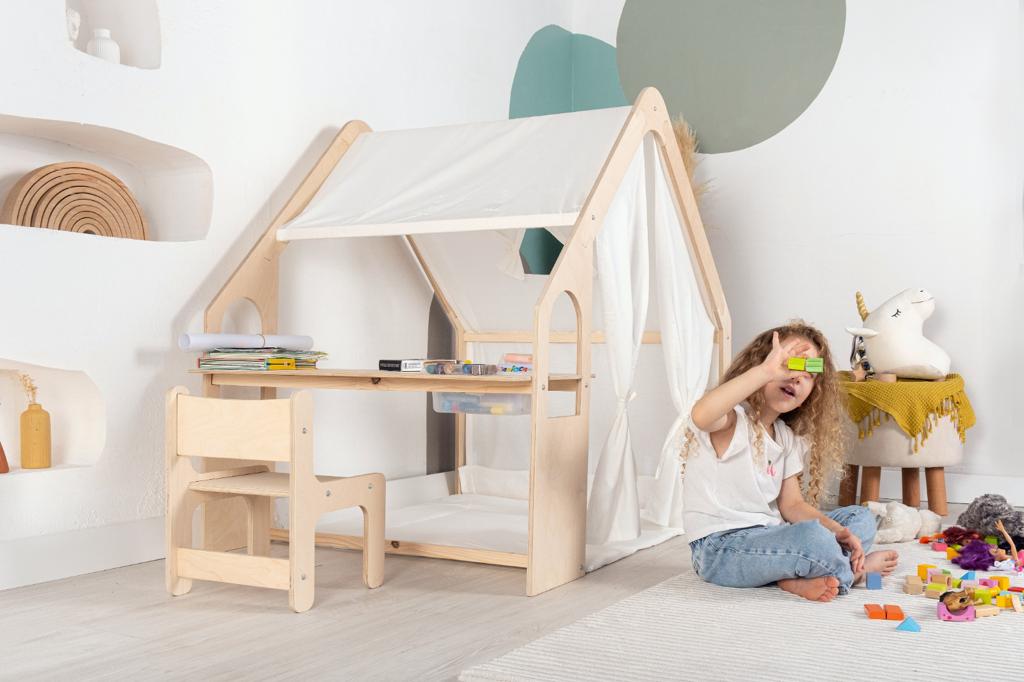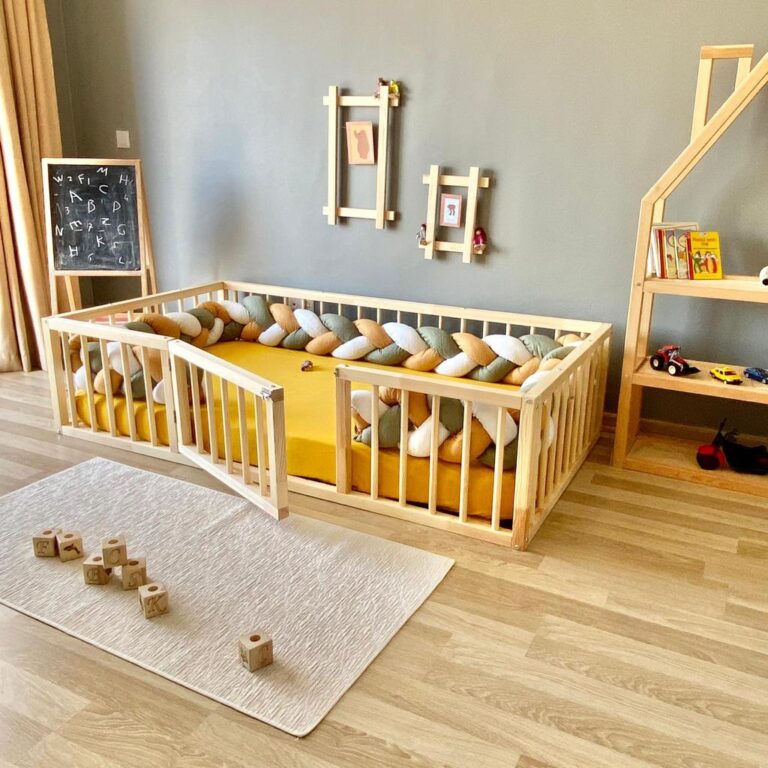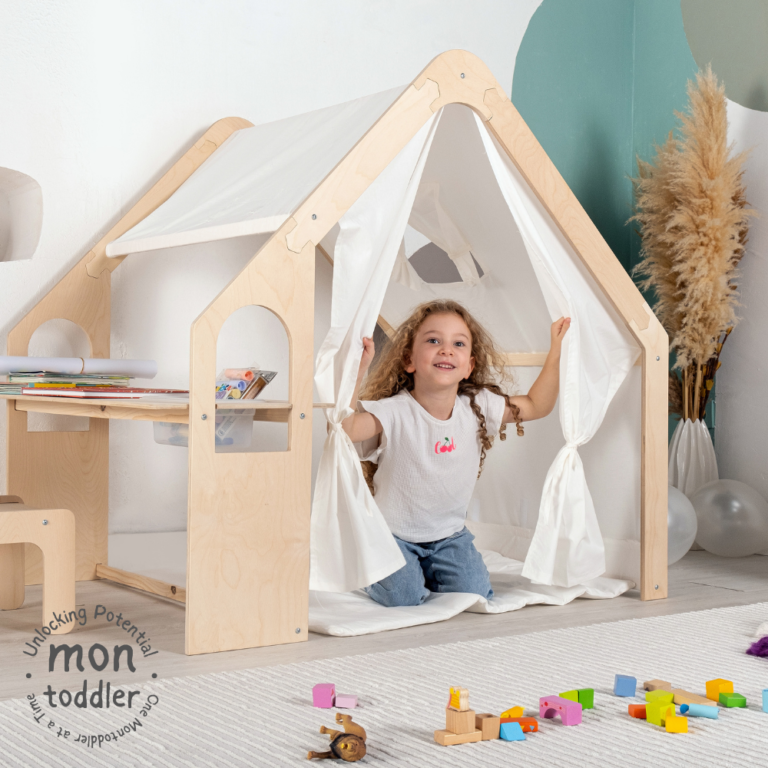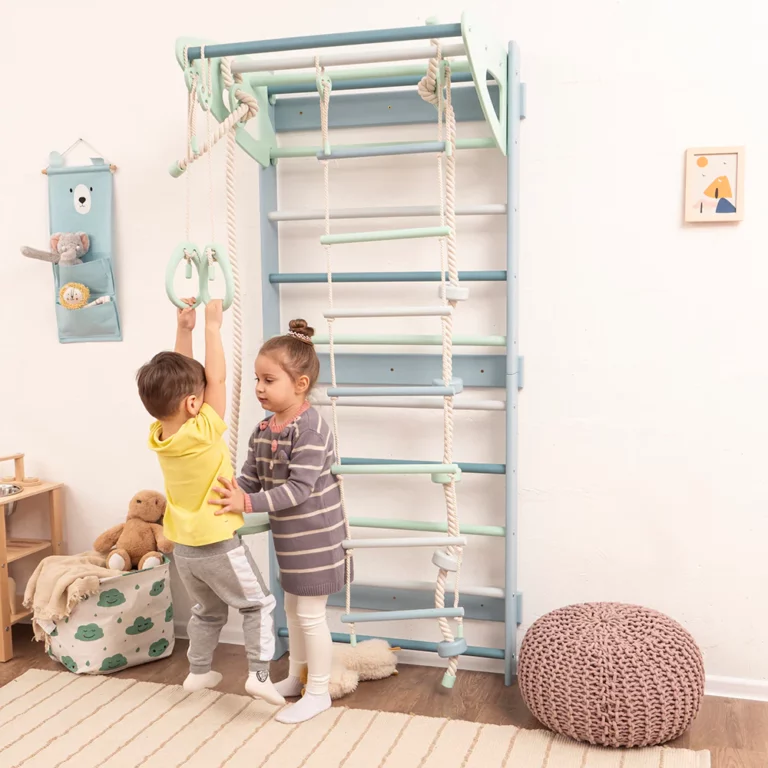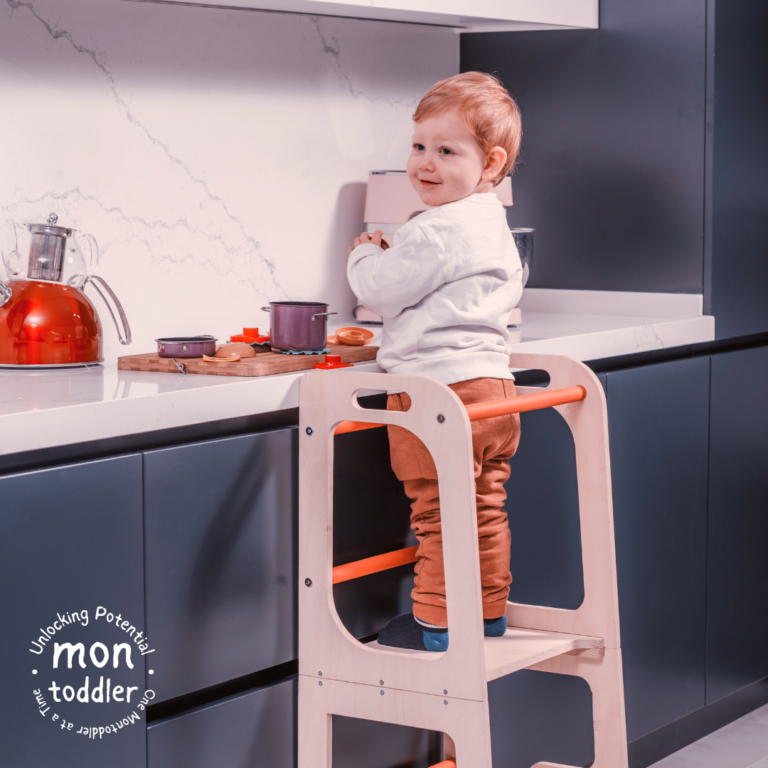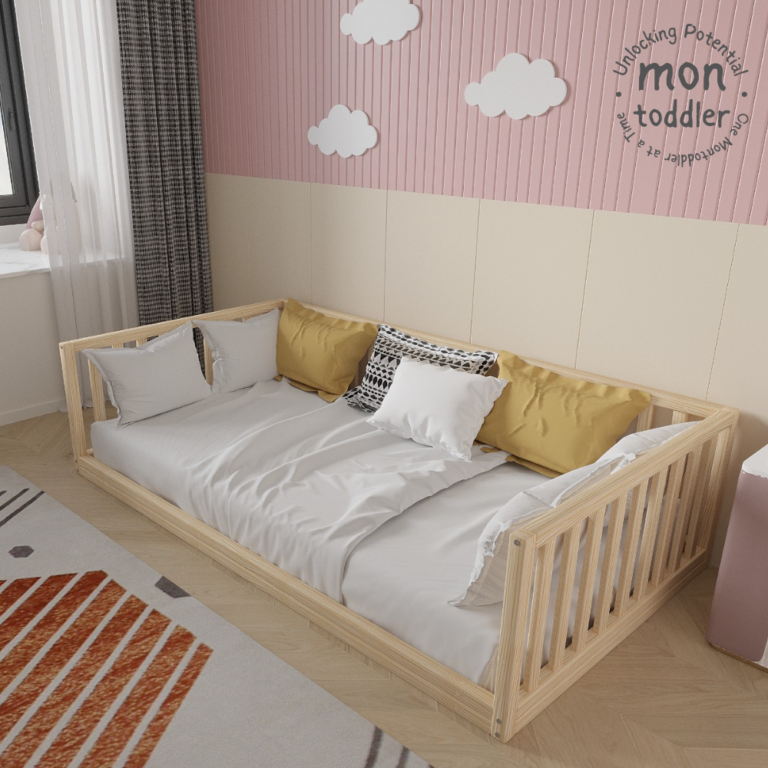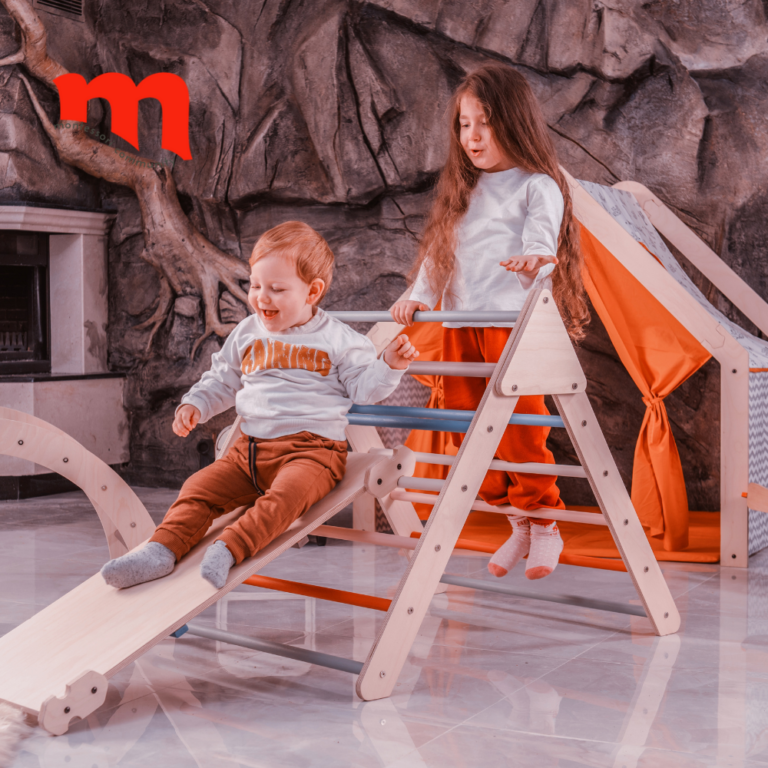Montessori beds, inspired by the Montessori educational philosophy, are designed to empower children to take charge of their sleep experience. These beds are characterized by their low-to-the-ground, minimalist design, which allows children to access and exit their beds independently.
A Montessori kitchen is a carefully prepared environment that encourages children to engage in practical life activities. Inspired by the Montessori method, this child-friendly kitchen space is designed to facilitate hands-on learning experiences, instill independence, and promote essential life skills.
In a Montessori kitchen, children have the opportunity to participate in real cooking, cleaning, and meal preparation activities with child-sized utensils and tools. These activities not only teach practical skills but also enhance fine and gross motor skills, hand-eye coordination, and concentration.
By fostering a sense of autonomy and responsibility, Montessori kitchens empower children to make choices, solve problems, and gain confidence in their abilities. This hands-on approach to learning helps children develop a deep understanding of practical life concepts while building a strong foundation for future life skills.
Pikler Triangle
The Pikler Triangle is a baby and child development tool developed by Hungarian pediatrician Dr. Emmi Pikler. This triangular structure is designed to encourage motor skills, balance, and exploration in babies and young children. The Pikler Triangle is a versatile and interactive piece of equipment that fosters physical and cognitive development as children play and climb on it. It has become a popular choice among parents and educators seeking to support holistic child development.
A Learning Tower is a cleverly designed piece of children’s furniture that aims to promote independence and learning in young kids. Resembling a safe step stool with enclosed sides and adjustable platforms, the Learning Tower allows children to engage in various activities, such as helping in the kitchen, arts and crafts, or simply reaching items on higher surfaces. This innovative tool encourages hands-on learning, fosters self-confidence, and strengthens parent-child bonds as children actively participate in daily tasks and explore their surroundings from a new perspective.

